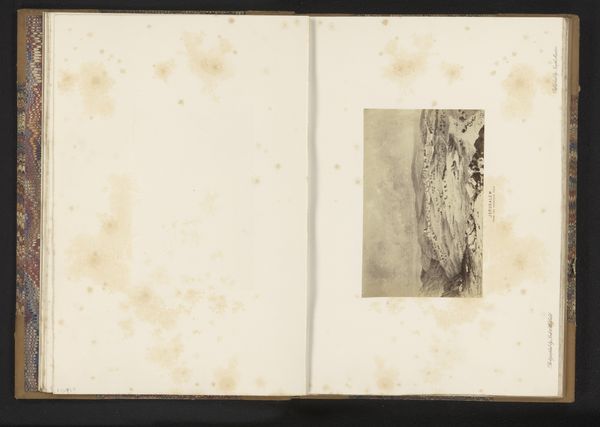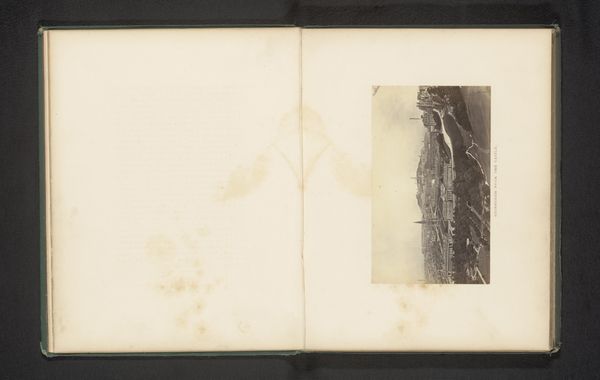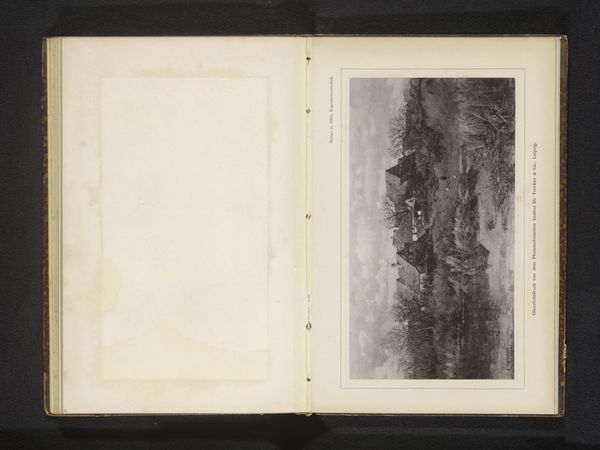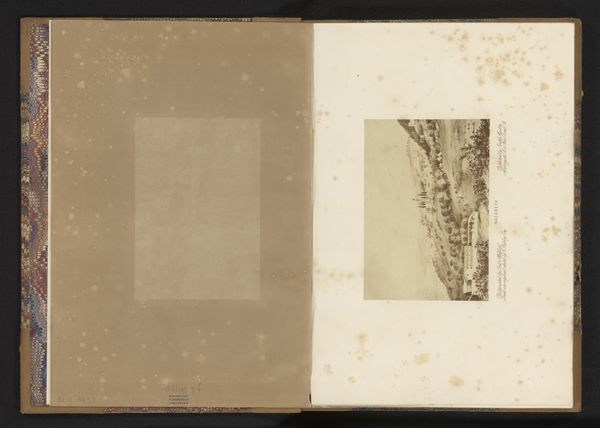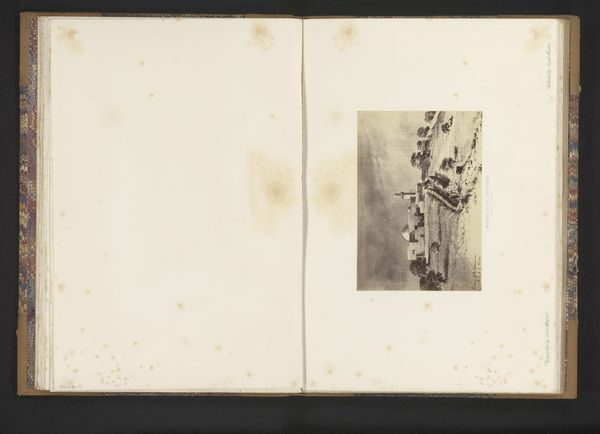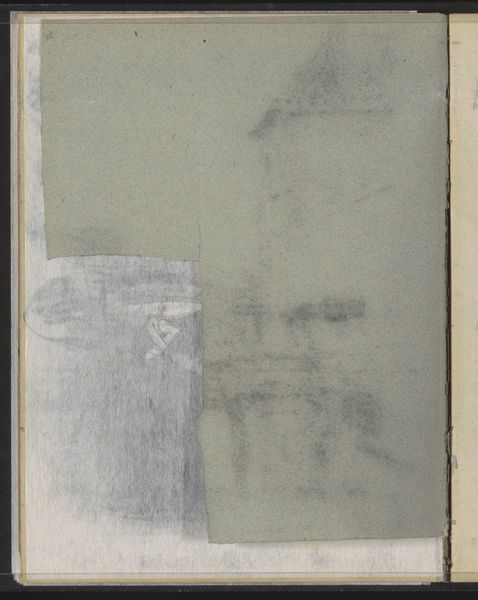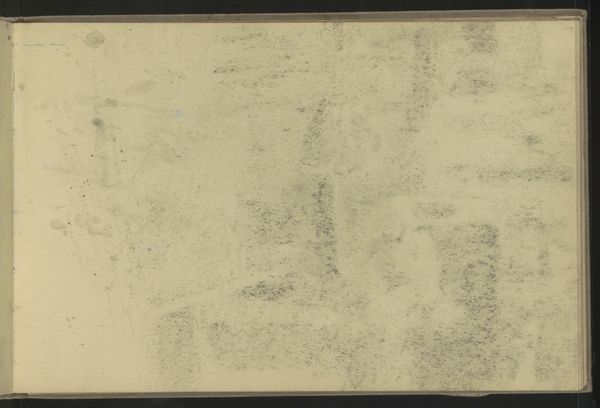
Fotoreproductie van een ets van een boerderij met witte planken schutting door Rembrandt van Rijn before 1853
0:00
0:00
bissonfreres
Rijksmuseum
drawing, print, etching, paper
#
drawing
#
dutch-golden-age
# print
#
etching
#
landscape
#
paper
#
realism
Dimensions: height 130 mm, width 158 mm
Copyright: Rijks Museum: Open Domain
Curator: Here we have a reproduction, a photomechanical print to be exact, of a Rembrandt van Rijn etching, dating from before 1853. The etching itself features a farmhouse with a distinctive white picket fence, quite the iconic rural scene. Editor: The image has a quaint feel, almost fragile due to the rendering as a lighter, toned version of the original etching. The paper seems very worn, a bit stained and aged – it’s clear this piece has seen a lot. Curator: The history of reproductions is quite interesting in its own right. This kind of image democratized art. It enabled wider audiences to experience Rembrandt's work, irrespective of wealth or location, furthering its status and legacy in popular culture. Think about who controlled access to images, who got to see this artwork at the time it was produced! Editor: Absolutely, and from a material standpoint, it's interesting to consider how the shift from hand-etched prints to photo-reproductions altered the perception of "originality". How does this technological advancement impacted the very definition of "art object" and the role of labour within its production and consumption. Curator: I find myself considering this print's place within the Rijksmuseum. Institutions like this play a massive role in dictating the canon of art. It becomes a powerful symbol when a work like Rembrandt’s, made accessible through print, ends up preserved in a museum setting, thereby becoming a part of the "high art" narrative once more. It’s quite circular, isn't it? Editor: The presence of staining could invite different considerations as well, since any degradation affects both value, and accessibility. Thinking through these shifts emphasizes the labor processes required not only for the reproduction, but also preservation of material, which dictates public accessibility to it. Curator: Seeing this, understanding its reproduction history and institutional journey, highlights how meaning and value are created by evolving socio-political landscapes. Thank you. Editor: Agreed, recognizing these tensions and the shifts from material work to mass production changes not only what art gets valued, but how it gets consumed too.
Comments
No comments
Be the first to comment and join the conversation on the ultimate creative platform.

